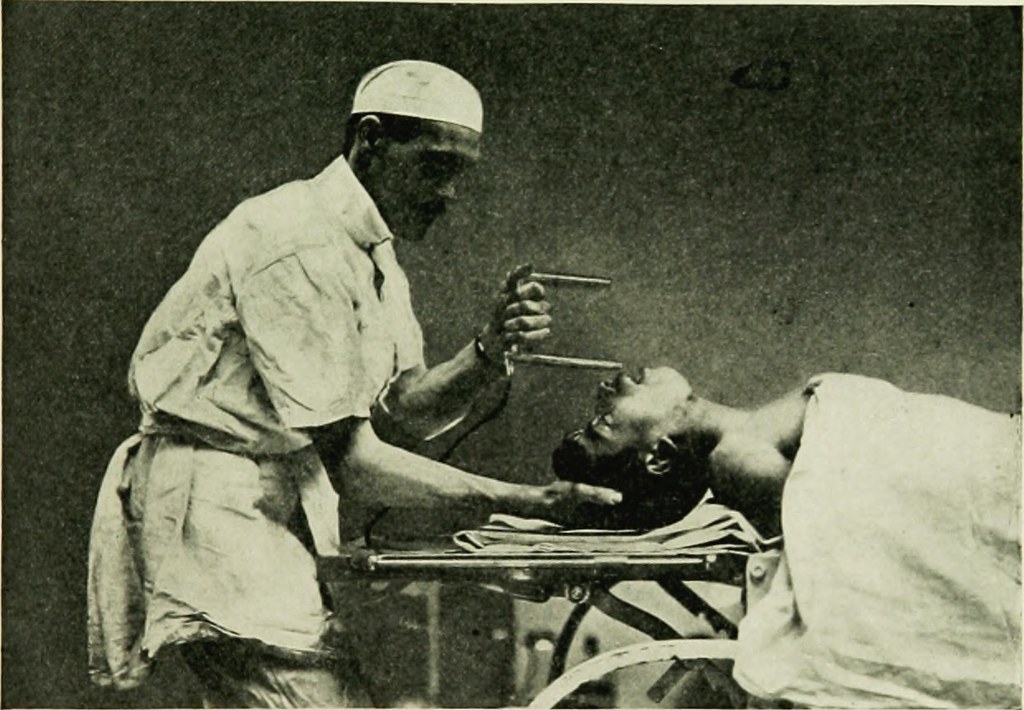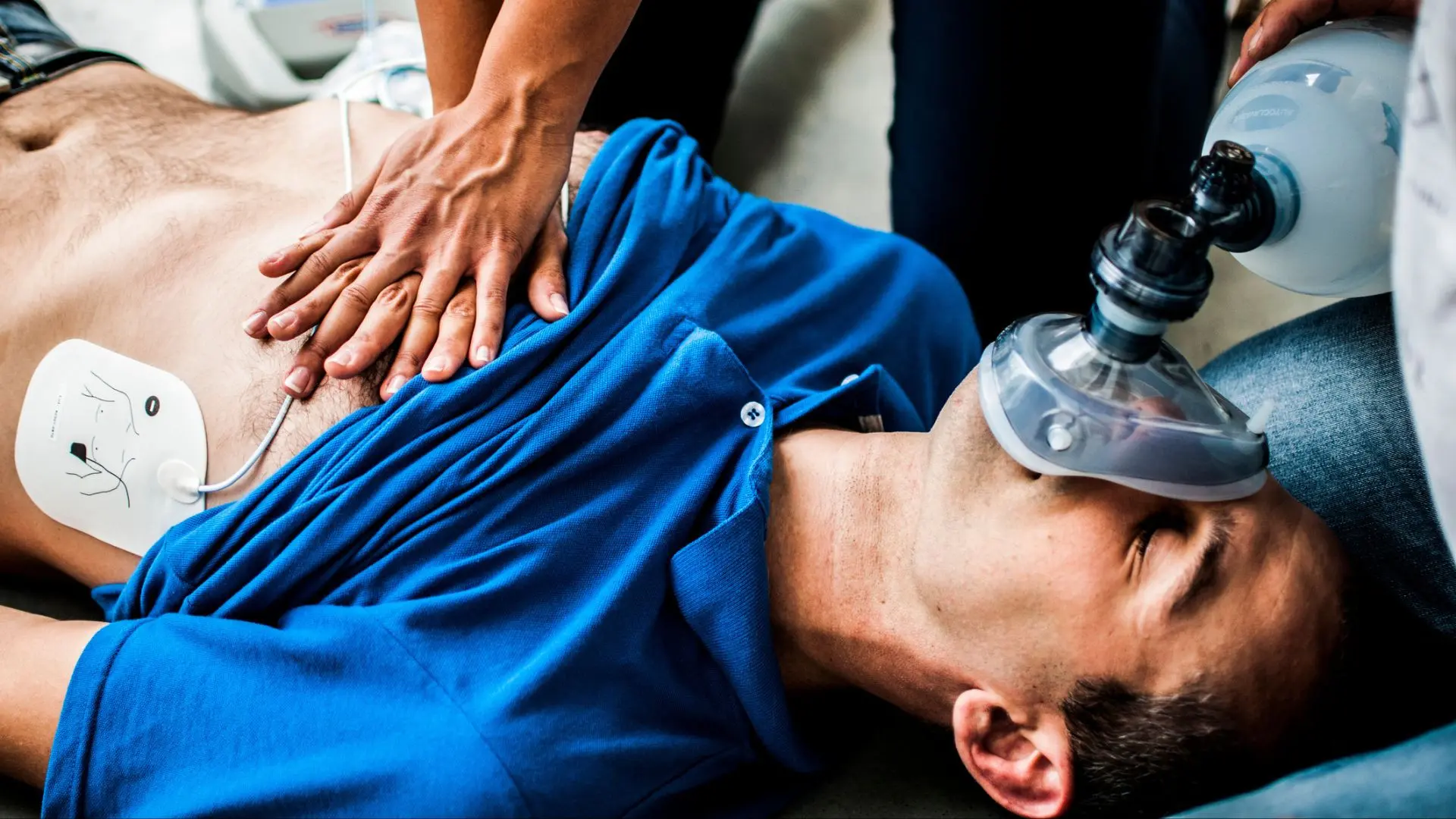In the ever-evolving landscape of emergency medicine and prehospital care, it’s crucial for EMS providers to stay informed about less common but potentially lethal exposures. One such category is toxic alcohols, which can be misleading due to their presence in household and industrial products rather than just the beverages we typically associate with alcohol ingestion. In this episode, we delve into the critical information about toxic alcohols, with guest toxicologist Dr. Nik Matsler.
Understanding Toxic Alcohols
Toxic alcohols refer to a group of substances that, while not necessarily harmful in their original state, can become deadly once metabolized by the body. The primary culprits in this category are methanol, ethylene glycol, and isopropyl alcohol. These substances are found in various household and industrial products, from windshield wiper fluid to antifreeze and even hand sanitizers.
Methanol
Methanol is metabolized into formaldehyde and then to formic acid, which is responsible for its toxic effects. These effects can include blindness, neurological damage that mimics diseases like Parkinson’s, and a profound acidemia that can be fatal.
Ethylene Glycol
Ethylene glycol is processed into glycolic acid and oxalic acid, leading to kidney damage, acidosis, and potentially death if not treated promptly.
Isopropyl Alcohol
Isopropyl alcohol, on the other hand, is metabolized into acetone. It’s less concerning in terms of metabolic byproducts but can cause significant gastrointestinal distress and prolonged intoxication effects compared to ethanol.
Sources and Risks
The risk of toxic alcohol poisoning often stems from accidental ingestion, whether through exploratory behavior in children, misuse of household products by adults seeking intoxication, or through industrial accidents. The sweet taste of ethylene glycol, for instance, makes antifreeze particularly hazardous to pets and children.
Diagnosis and Treatment
The diagnosis of toxic alcohol poisoning can be challenging, as symptoms initially mimic standard ethanol intoxication. However, the absence of ethanol in blood tests, coupled with a history of exposure to potential sources of toxic alcohols, can clue providers into the correct diagnosis. Treatment focuses on supportive care and preventing the metabolism of these alcohols into their toxic byproducts, using agents like fomepizole or, historically, ethanol itself. In severe cases, dialysis may be necessary to remove the toxic substances from the bloodstream.
Key Takeaways for EMS Providers
- Be Vigilant: Always consider the possibility of toxic alcohol poisoning in cases of unexplained intoxication, particularly when the patient’s condition does not align with the expected progression of ethanol intoxication.
- Gather Evidence: Collecting containers or remnants of substances at the scene can provide invaluable clues for diagnosing and treating toxic alcohol poisoning.
- Educate the Public: Awareness about the dangers of these commonly available substances can prevent accidental ingestions, especially among children and pets.
- Prompt Treatment: Early recognition and treatment can be the difference between recovery and lasting damage or death. If toxic alcohol ingestion is suspected, timely administration of fomepizole and possibly dialysis are key to preventing the toxic effects of metabolites.
Toxic alcohols present a hidden danger in everyday products, making education and awareness crucial for both the public and healthcare providers. By understanding the risks, sources, and treatment strategies for toxic alcohol exposure, EMS professionals can play a critical role in mitigating these potentially lethal incidents.





